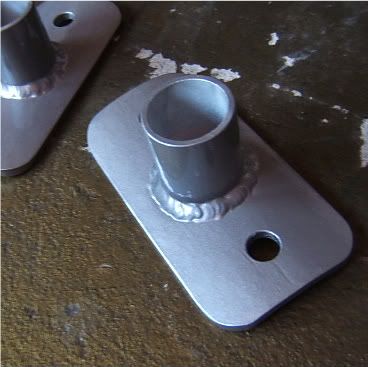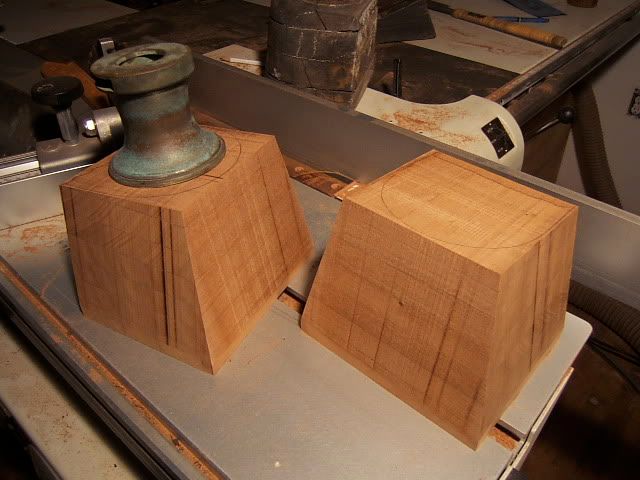Oh man, I've got so much work to do on my boat. I'm dying to fix my deck and go sailing. All I need is some free time, temperatures in the high 40's, and sunny weather.........
But if you have some older cast spreader bases that are cracked it may be possible to weld and repair them. The ones on my boat are beyond repair and missing chunks.
Ben






 Reply With Quote
Reply With Quote








